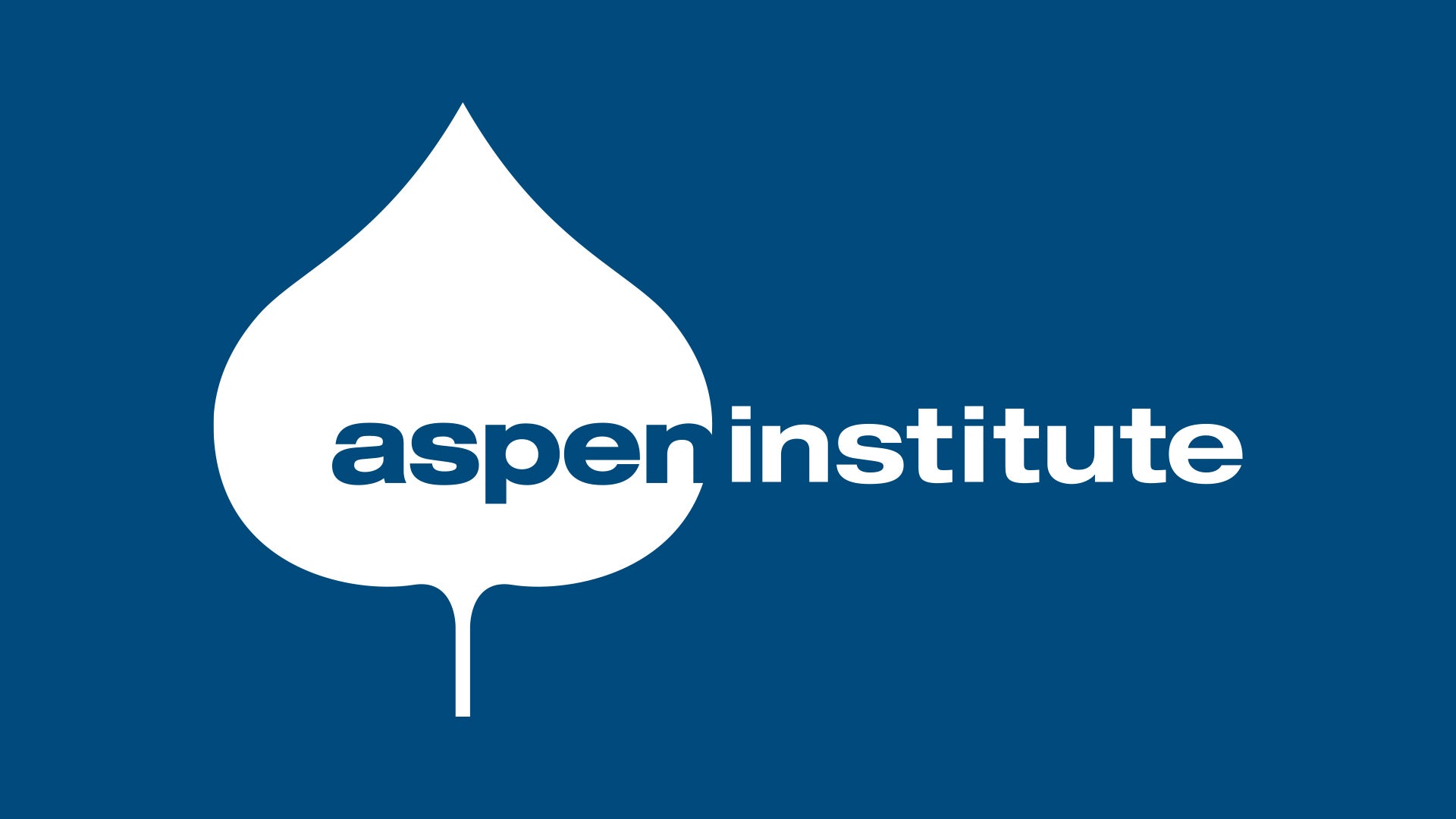The U.S.-India Partnership as a Mechanism to Reduce Clean Energy Supply Chain Dependence on China


The United States and India navigate a delicate balance in their relations with China on the international stage. Notably, in the context of the clean energy transition and the development of the critical minerals market, China has become a major global influence and currently controls large proportions of the production and processing. Both India and the U.S. are closely monitoring these developments.
China’s role in the clean energy market was raised in conversations during the 13th India-U.S. Track II Dialogue on Energy and Climate Change convened by the Aspen Institute and the Aspen Ananta Centre in New Delhi in the spring of 2024. The dialogue, which is co-chaired by the Former Administrator of the U.S. Environment Protection Agency William Reilly, Co-chair of America Is All In Initiative and Former White House National Climate Advisor Gina McCarthy, and Chairman of the Board and Managing Director of Godrej & Boyce Mfg. Co. Ltd. Jamshyd Godrej, is held annually to discuss areas of collaboration between the U.S and India’s rapidly evolving national energy and climate positions.
Building on the recommendations around supply chain diversification from the 2023 Dialogue, the discussion this year returned to China’s role in the clean energy market and the ways in which the U.S. and India might boost their own domestic manufacturing of clean energy technology in light of China’s increasing presence. In 2023, the world deployed more renewable energy infrastructure than ever before, with China deploying more renewable energy infrastructure than the rest of the world combined. Both delegations highlighted that China had last year, in a single year, the kind of increase expected globally through the remainder of the decade. Currently, 80% of the global solar market is dominated by Chinese parts. China’s approach towards strategic new industries in the last decade has also resulted in its dominance in other areas of the clean technology sector, including about 40% of global electrolyzer production (an essential technology for green hydrogen production) and in the production of electric vehicles (EVs).
Critical minerals form the building blocks for EV batteries and much of our global renewable energy infrastructure. The U.S. is increasingly dependent on foreign sources for many of the processed versions of such minerals and China controls the majority of the global market for processing and refining lithium, cobalt, and other key minerals. Similarly, India is heavily reliant on other countries without the technology to mine or process its domestic critical mineral reserves. The Indian delegation highlighted that in 2021, for example, China and Hong Kong accounted for 96% of India’s lithium-ion imports for battery production. Hence, securing domestic supply chains for critical minerals was discussed as a core goal for both the U.S. and India, as well as identifying financing and trade pathways to support one another in this effort.
Specifically, delegates recommended that the U.S. and India co-develop a bilateral supply chain initiative to secure sources of clean energy technology and critical minerals, as there are common concerns about China’s potential export controls, and countering this concern will require mutual regulatory certainty. China’s dominance in the global critical minerals market has proven to be a major challenge for both the U.S. and India, particularly in light of recent developments. After the U.S. imposed sanctions on China in August 2023, China placed retaliatory restrictions on three critical minerals: Gallium, Germanium and high-end pure graphite, which drew concern because graphite is a key component of the lithium-ion batteries necessary for EV production. During India’s G20 Presidency in 2023, China also opposed India’s effort to secure consensus on monitoring and stockpiling of critical minerals supply chains and was thus stymied in its effort to reduce China’s dominance in the critical mineral’s supply chain.
The Quadrilateral Security Dialogue or ‘Quad’ has been a major platform for this effort along with a trilateral agreement between India, Japan, and Australia on critical minerals. With the Biden Administration’s prioritization of the Quad as a central dialogue in the U.S.-China context, both delegations highlighted the significant opportunity for the U.S.- India led multilateral strategy to secure critical mineral supply chains alongside other member leaders. With growing momentum for multilateral cooperation, leveraging such an international platform free from China’s presence could counteract its influence in the industry and prove to be mutually beneficial. This outcome followed in the steps of recommendations from 2023 for India to join the Mineral Security Partnership.
India is also attempting to build out an ecosystem for semiconductors, another key component of EV production. While chip design has always had an Indian footprint, fabrication and manufacturing are complex tasks. However, with significant political will to take on this task, there may be potential to see the first manufacturing facility in the next 5-6 years. For example, in 2024, Tata Electronics partnered with Taiwan’s PowerChip Semiconductor Manufacturing Corporation (PSMC) and received approval for a greenfield venture. Notably, prompted by the U.S., many Taiwanese companies have stated their strong interest in expanding to India, additionally reflecting a transformation in U.S.-India trade and technology relations.
The regulation of critical minerals is going to feature heavily during COP29 discussions in Baku in November 2024, as global demand for critical minerals is projected to increase multifold. Outcomes from the Track II dialogue indicate that in the run up to COP29, agreements between the U.S, India and with countries like Argentina and Chile are likely on the horizon, for access to not only critical minerals overseas, but also to incentivize investments in Indian critical mineral assets. Hence, both Track II Dialogue delegations recommended that the U.S. and India work together to support this process and reduce their reliance on the Chinese supply chains necessary to build out their clean energy sectors and decarbonize their economies.

Tax refunds in early 2026 could be $1,000 to $2,000 larger for many households due to retroactive tax law changes....

Why does it feel like large companies always get the upper hand? Maybe it’s the long contracts with fine print,...

What can you do if you can’t afford college? Maybe the financial aid award wasn’t enough, or you only want...